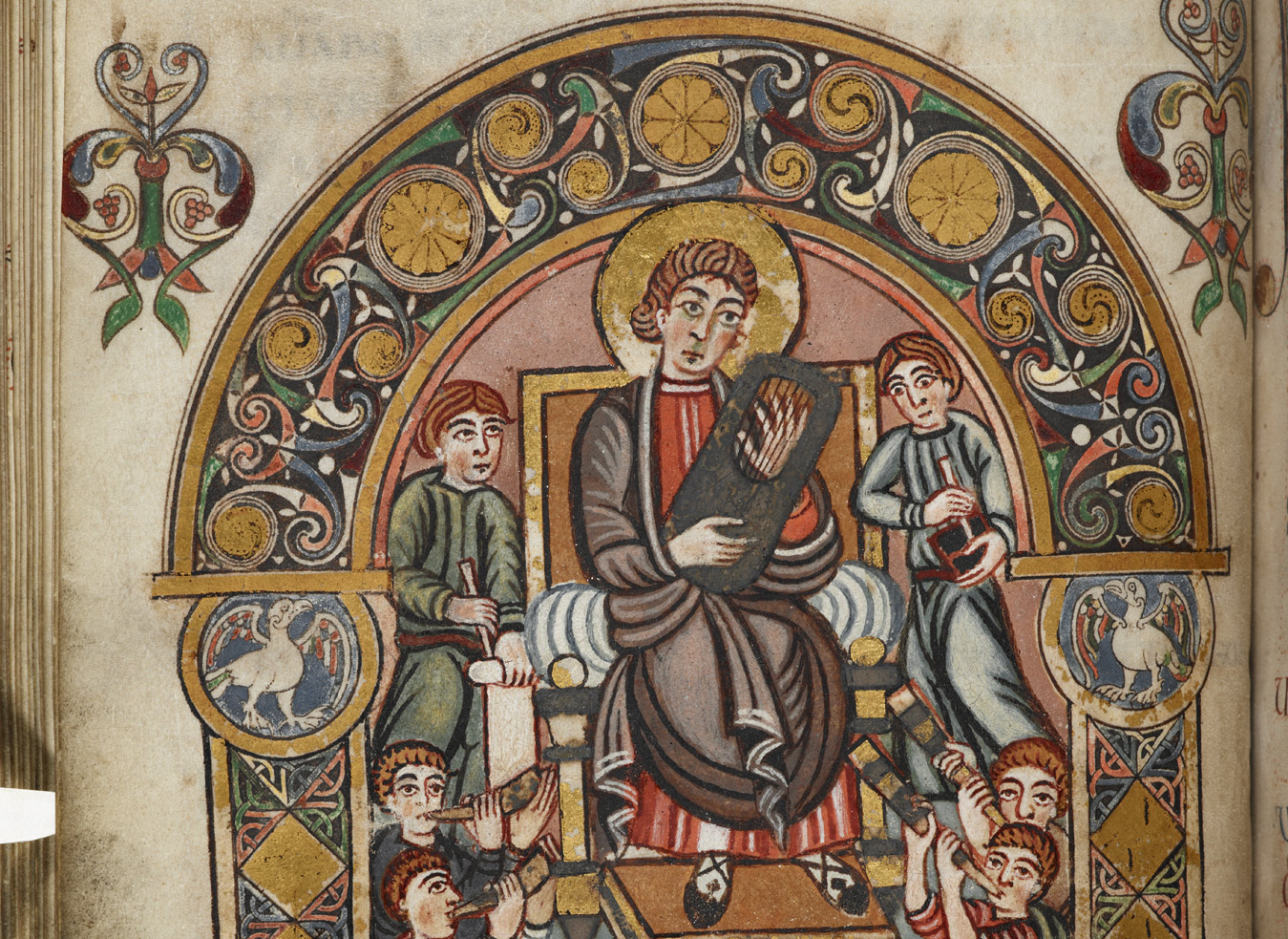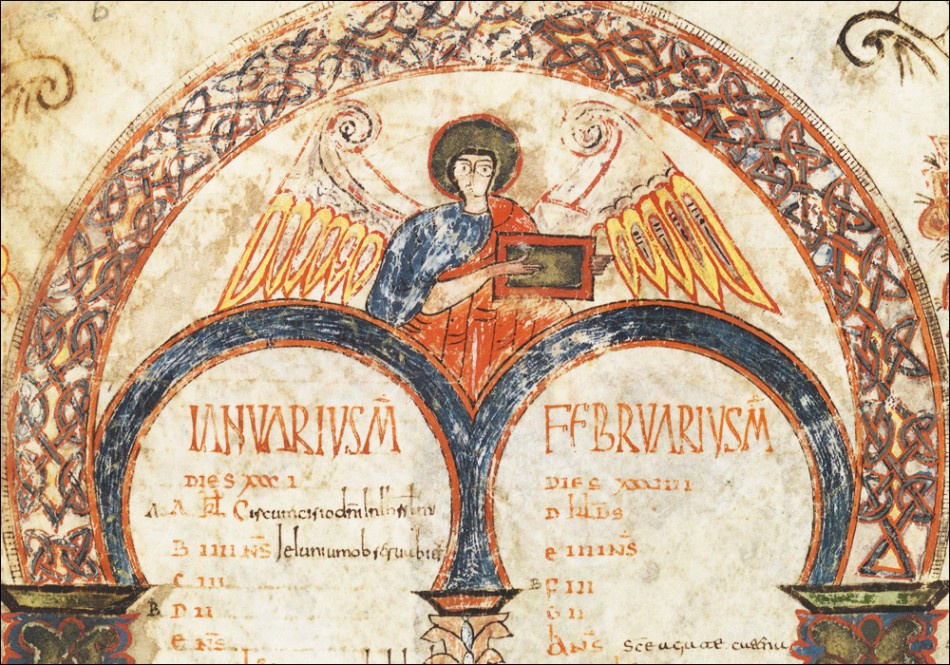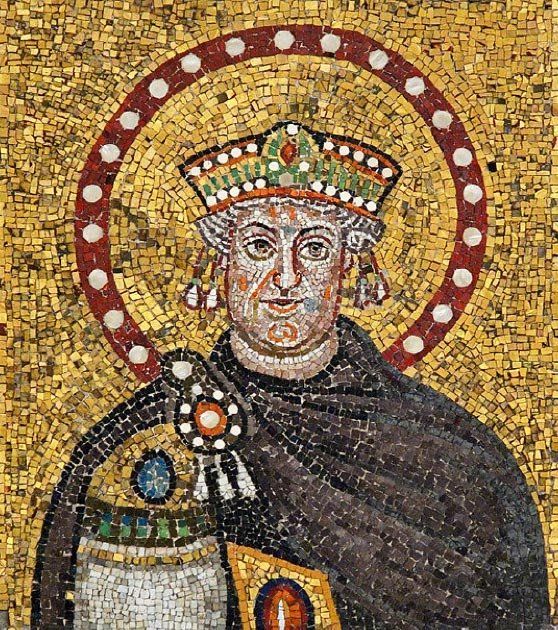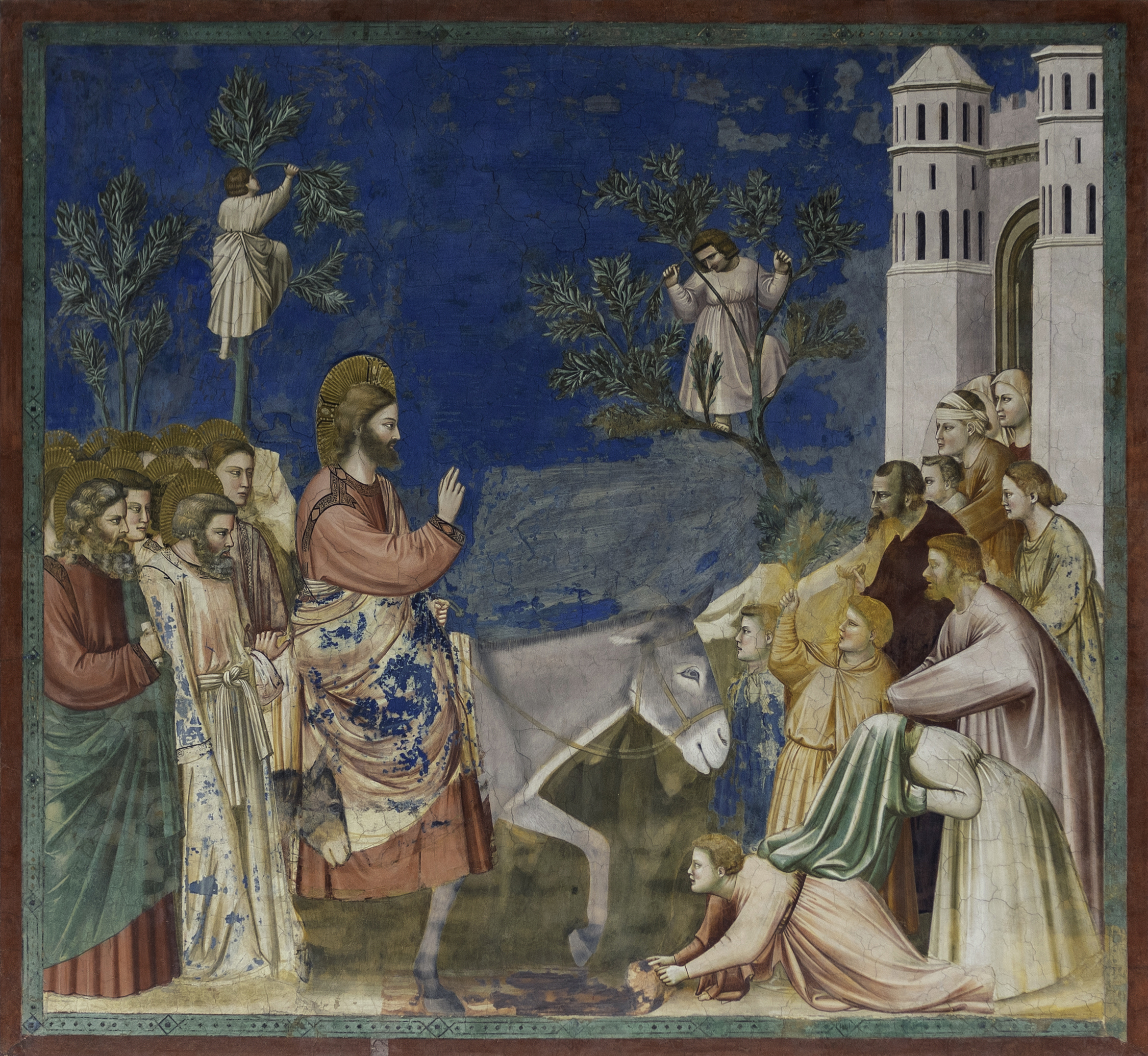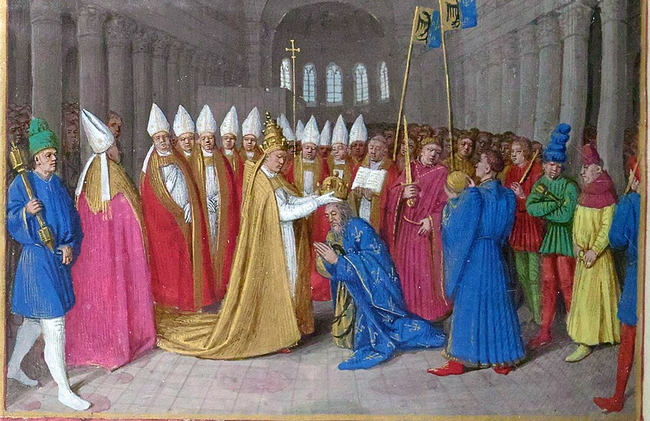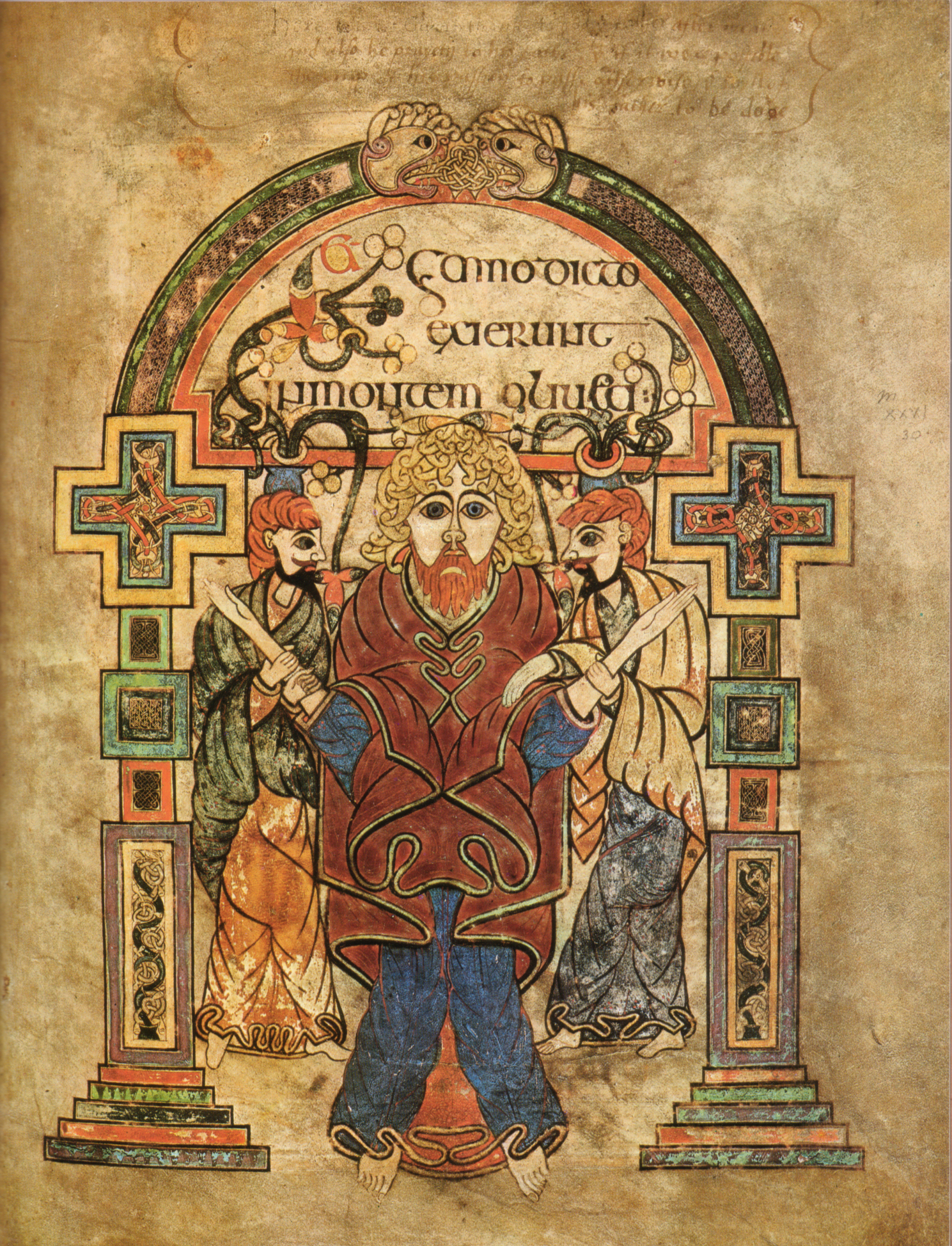
The Celtic Church
The tradition of Christianity in Ireland, Scotland, the Isle of Mann, Wales, Cornwall, and Brittany from the coming of St. Patrick in the 5th century through the Synod of Whitby, and into the Celtic Church's twilight and incorporation into mainstream Catholicism in the 12th century.
